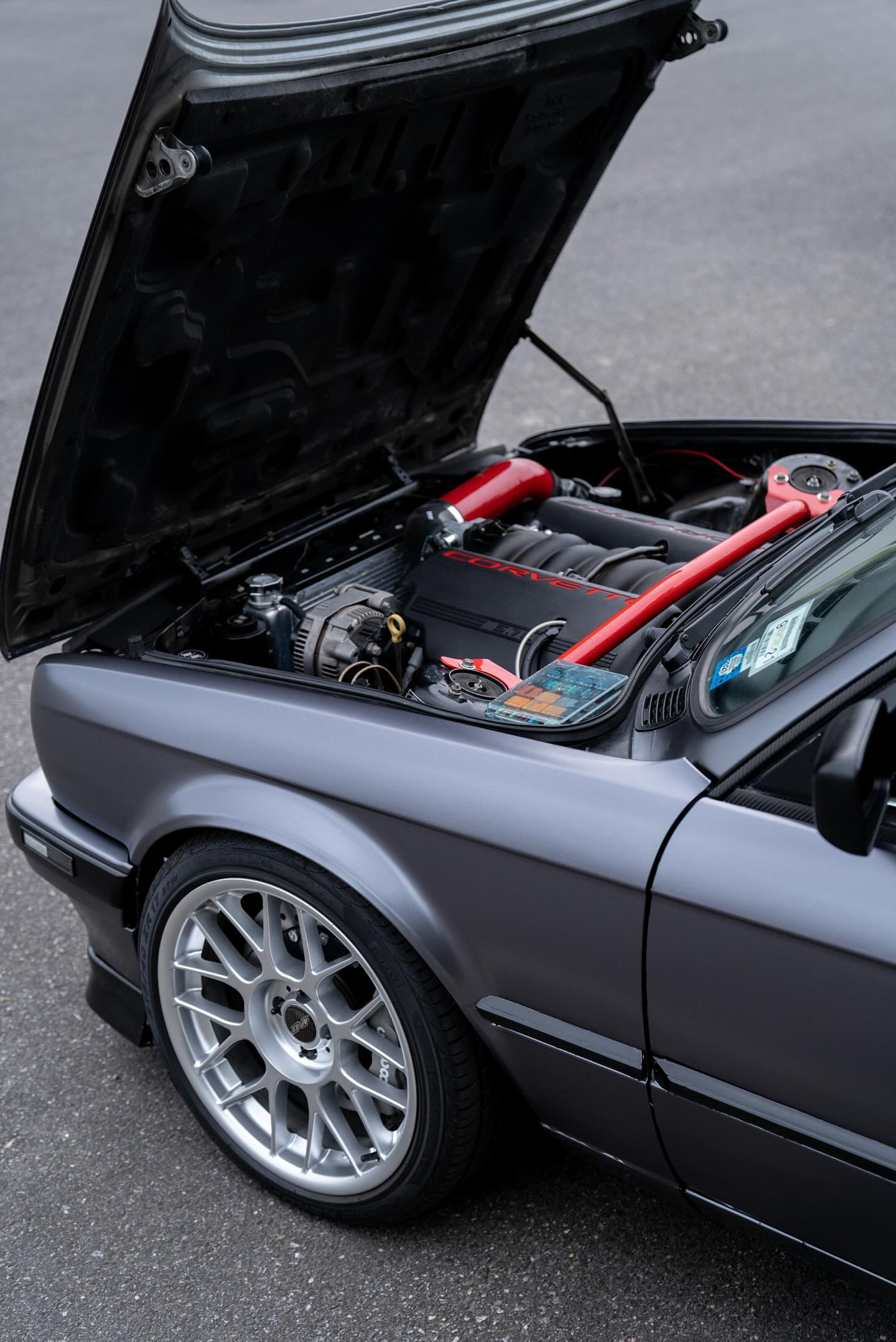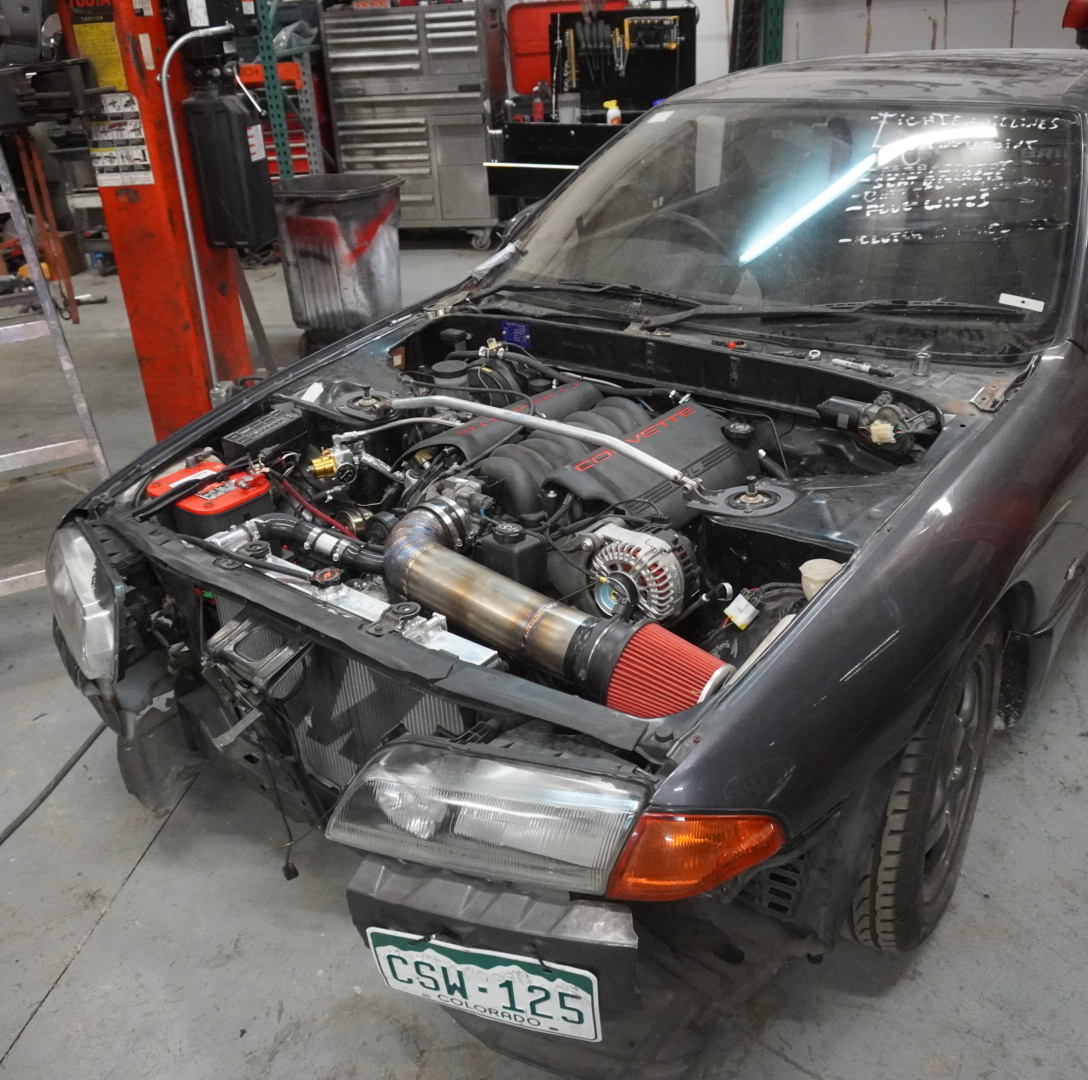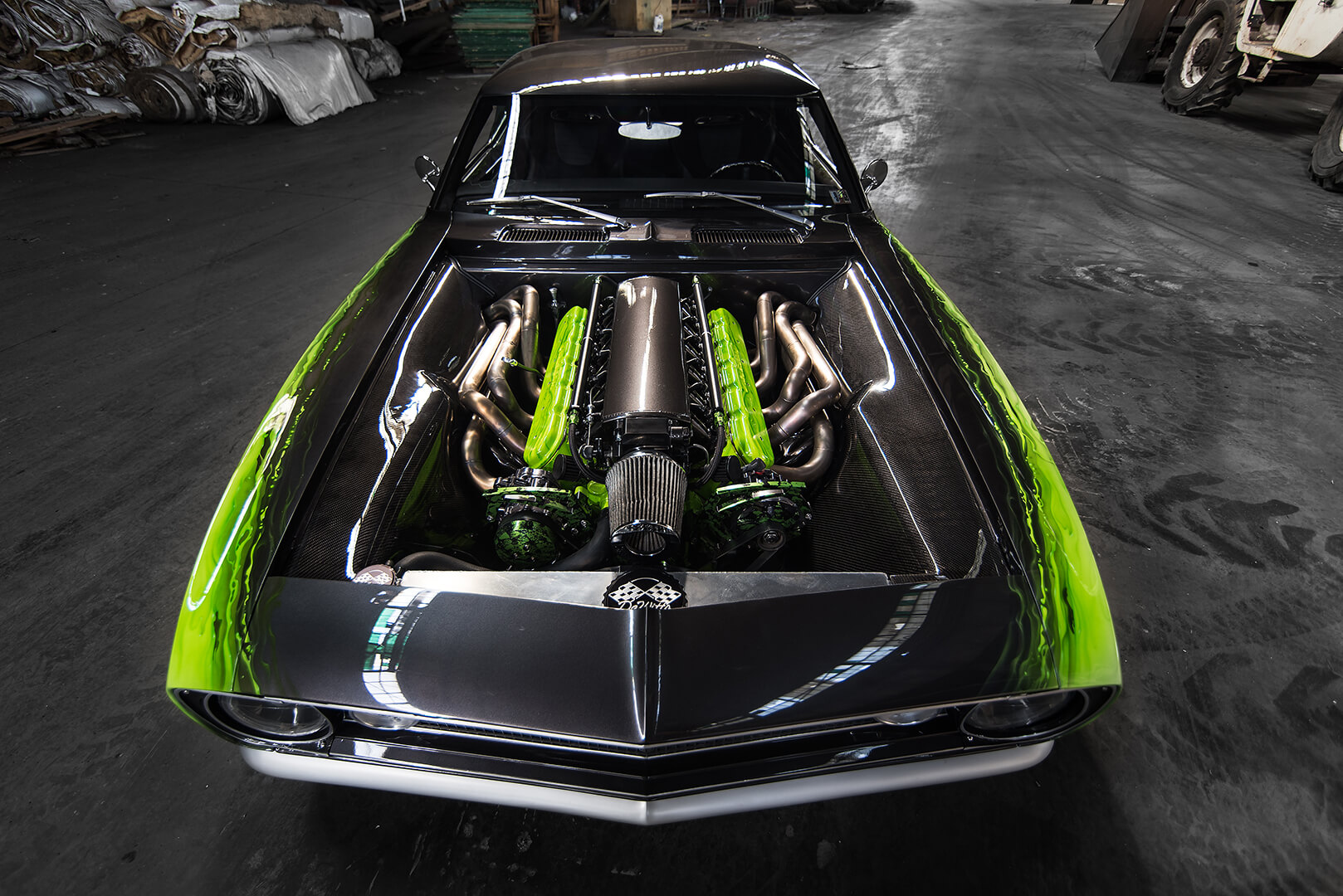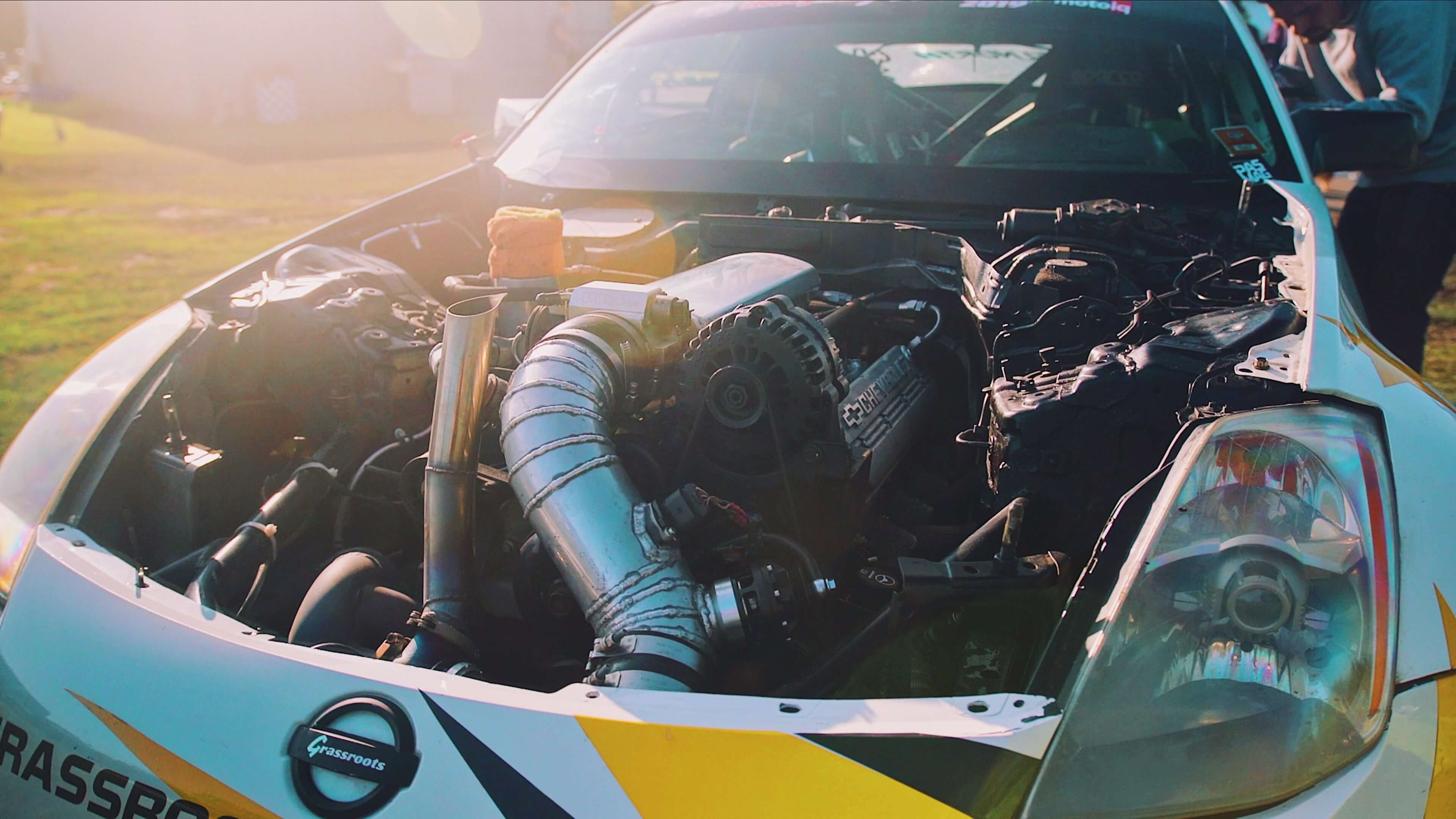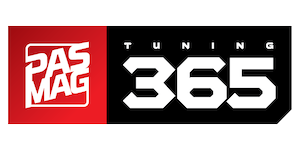GM's family of LS V8 engines reigns supreme as the go-to powerhouse for engine swaps into just about anything it can fit in, from hot rod overhauls to diverse custom car and truck projects. Aficionados know that when it comes to unleashing untamed potential, the LS lineup is an undisputed champion. The abundance of aftermarket support developed over its long lifespan ensures that turning up the horsepower becomes an affordable and straightforward endeavor.
This robust line of engines has carved its niche, sourced from not just Corvettes and Camaros, but also in the vast lineup of trucks produced by Chevrolet and GMC. With LS powerplants nestled beneath the hoods of millions of trucks, enthusiasts have plenty of availability to choose from, each variation with its own distinctive features, but with a bunch of similarities between them.
The original LS1 made its grand entrance in the 1997 Corvette, and subsequently appeared in the Camaro one year later. Fast forward to 1999, and the LS saga took a thrilling turn as diverse versions of the design, flaunting iron blocks with varying displacements, started flexing their muscle in trucks and SUVs. GM's ingenuity unfolds over nearly two decades, birthing an array of LS variants tailored for different applications. For custom builders and hot rod enthusiasts, the LS platform is a modular dream, with parts from different iterations playing nicely together.
Picture this: you fancy slapping the front drive system of an LS1 Camaro onto an LS3? No sweat. Dreaming of tossing LS3 heads onto an LS2 block? You're in luck - just mind the intake manifold details. This harmonious dance of parts is a testament to the shared features across the LS lineup throughout the years. It’s a display of interchangeability, making the hot rodding and building process slightly easier.
There are numerous variations of the LS now that we’re nearly two decades into its existence, with displacements including 5.3L, 5.7L, 6.0L, 6.2L, 7.0L among the most popular. Horsepower ranges vary as well, from the 260 horsepower Gen IV, to the mighty 600+ horsepower LSX and LS9 versions. The world of LS engines is as robust as its aftermarket.
We spoke to industry experts and LS aficionados to hear from them what makes the LS so special, and why it’s the perfect swap candidate for nearly any platform.
At Sideways Fab, we’ve done all kinds of engine swaps, from K24 to Ferrari V8 to Viper V10, and the question that we get asked all the time is, “What engine swap should I do in my car?” The answer we always start with is the most logical, one-size-fits-all answer: GM’s LS platform. There’s a list of factors we consider when choosing an engine for a custom swap, including total cost of parts and labor, initial and long term power goals, weight, engine and vehicle dimensions, and part availability. The top three most “logical” contenders are always GM LS, Ford Coyote and Honda K-series. Outside of those three, you typically are making a sacrifice in one or more of the selection factors.
The LS is undoubtedly the best dollar per horsepower you can find in the range of 300 whp all the way up to 1200 whp, with Honda K-series and Ford Coyote coming in close behind for the low and high power ranges, respectively. K-series turbo has a slight weight advantage, with the Ford and Chevy V8’s being about equal. The LS comes in significantly smaller than the Coyote, and of course the K-series is the smallest of the group. Where the LS really shines is the parts cost and availability, with thousands of them already in junkyards and having been on the market for 25 years now. Don’t get me wrong, the other engines have plenty of parts available for them but the sheer range of parts to install an LS into nearly any chassis imaginable towers in comparison to the others.
- Matt Sixberry (@6berries)
Sideways Fab
So, the main reason we do LS swaps is because of the price point. The power you can make out of them is crazy, but to be honest, most of the time the stock horsepower is enough to make the customer happy. The aftermarket parts make it easy to dress it up and add a lot of options to please the customer. As for fitting the motor into a car, there are plenty of companies out there making motor mounts to fit practically everything. Dependability is also key for our customers. GM provides a "connect and cruise" package right out of the crate with 430 horsepower and a great warranty - a big selling point for our customers. A key thing for a builder that most people don't think about is that there are plenty of spare, junk, and used parts laying around that we can use for mockups. That makes building the car much easier since we only need to lift an empty aluminum block in and out. For price, reliability, aftermarket parts, power, and availability - that is what makes the LS swaps the number one swap in my opinion.
As a side note, we were the first shop to have the privilege of incorporating a V12 LS into a car. For me, after the initial “wow factor,” I knew it was a proven platform and would be dependable, so that was not going to be a concern. However, in saying that, we were very taken back by the horsepower it produced as a V12. The installation was easy and the motor was only 8.8 inches longer. We knew there were a lot of aftermarket parts available for the LS that would swap right on to this motor so we did not have to worry about adding A/C or a serpentine belt setup.
- Mike Heim (@quality_custom_rides)
Quality Custom Rides
LS this, LS that. We've heard this story time and time again. But if this same story is on repeat around the world then there must be a reason, right? I'm going give you the rundown of why racers and car enthusiasts around the world choose the LS engine platform. I'm a JDM guy through and through. I collect JDM cars. I modify JDM engines. I even married a Japanese woman. I will forever hold a special place in my heart for import vehicles and the glorious turbo engines they are equipped with. However, as a Grassroots racer who's competed in both drifting and wheel-to-wheel racing - where there are no style points or fanboys in the mix, when there's a budget and financial cap on what you can afford, and all that matters is that you can finish the race and be competitive - the LS engine is unmatched.
Reliability. Accessibility. Versatility. Affordability. This thing has it all. From Grassroots swaps to six-figure builds, the LS engine is no stranger. You can special order parts that take months, or you can get any part needed at a local parts store while on a roadtrip 10,000 miles away from your garage. The turnkey power is just about enough out the box to compete in a variety of racing platforms. We have built countless N/A 5.3 and 6.0 setups, each time increasing the smiles per gallon in any chassis. Slap a turbo or blower on this thing and you’re in the thick of it. The V8 rumble and vibration will never get old and adds a true hotrod feel to any project of any chassis size. At the end of the day, half of the people you talk to may say the LS engine is overplayed, but the other half are at the track ripping it, or cruising the downtown strip. To sum it all up, if you have a proven recipe for a really good cake using local ingredients, chances are the cake you bake will be pretty good no matter where you bake it.
- Paul Nigro (@grassrootsperformance)
Grassroots Performance
LS Engine 101
First Year Available: 1997
Displacement: 5.3L - 7.4L
Predecessor: Chevrolet LT
LS from the factory:
Chevrolet
Corvette
Camaro
Tahoe
Avalanche
Impala
Monte Carlo
Silverado
Express Van
SS
Suburban
Trailblazer
GMC
Canyon
Envoy
Savana Van
Sierra
Yukon
Cadillac
CTS-V
Escalade
Pontiac
Firebird / Trans Am
G8
GTO
Hummer
H2
H3
Isuzu
Ascender
Saab
9-7X
Buick
Rainier
Lacrosse
Variations:
LS6
LS2
LS3
LS4
LS7
LS9
LSA
L92
L76
L99
LSX
Related Articles
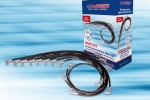 SQR Performance 8mm Ignition Wires
SQR Performance 8mm Ignition Wires
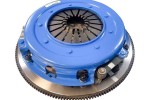 American Powertrain ProTwin Disc Clutch for GM, Ford, Mopar
American Powertrain ProTwin Disc Clutch for GM, Ford, Mopar
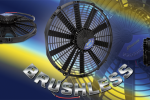 PROFORM Universal Brushless Fans
PROFORM Universal Brushless Fans
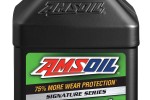 AMSOIL Signature Series 0W-16 Synthetic Motor Oil
AMSOIL Signature Series 0W-16 Synthetic Motor Oil
 Unboxed: R1 Concepts Brake Kits - Performance & OEM Replacement
Unboxed: R1 Concepts Brake Kits - Performance & OEM Replacement
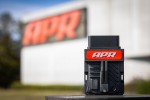 APR Unveils Ultralink Platform for European Vehicle Performance Tuning
APR Unveils Ultralink Platform for European Vehicle Performance Tuning



